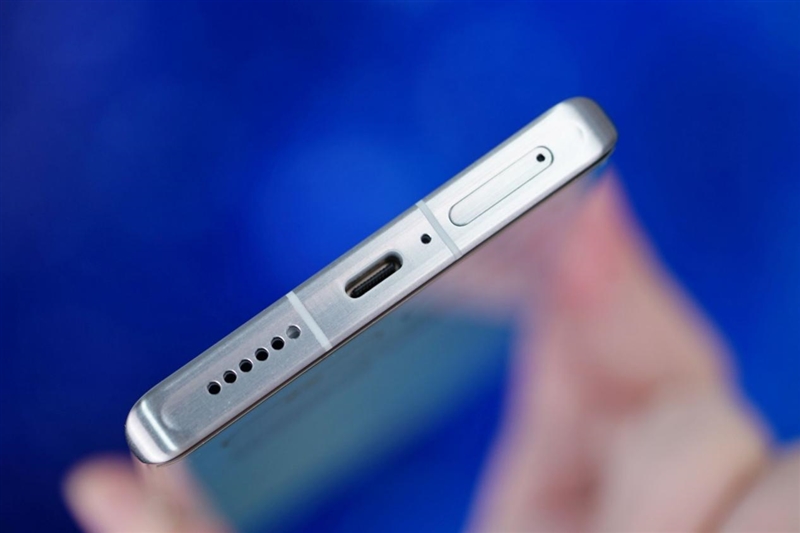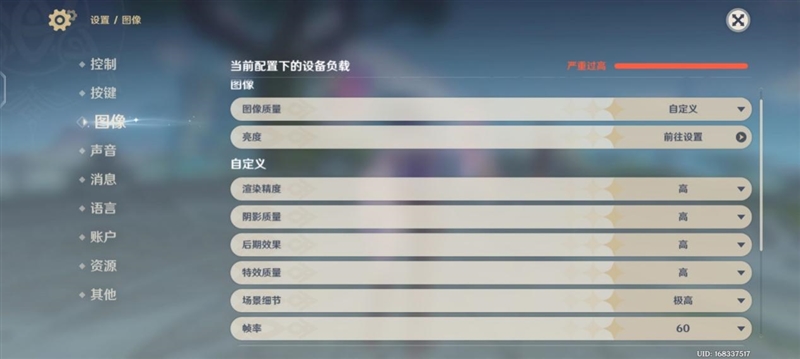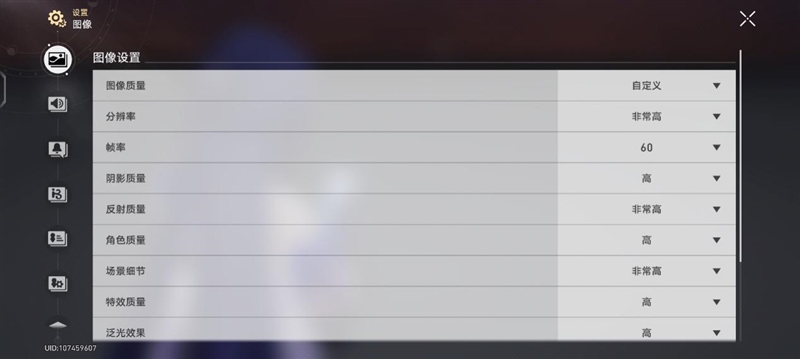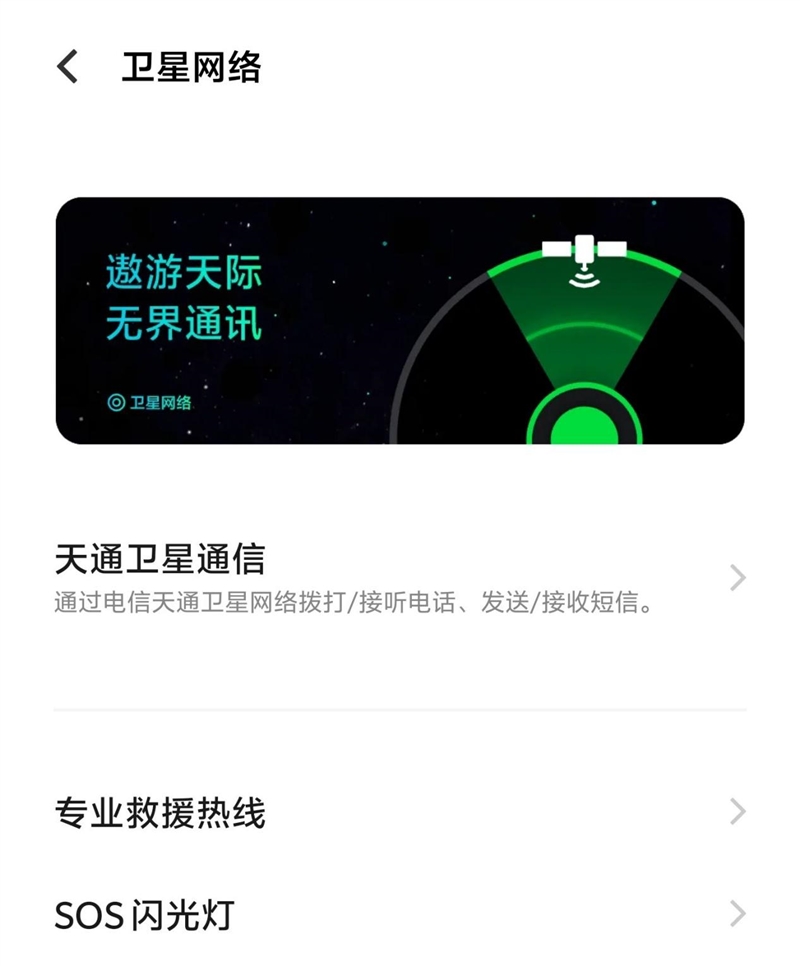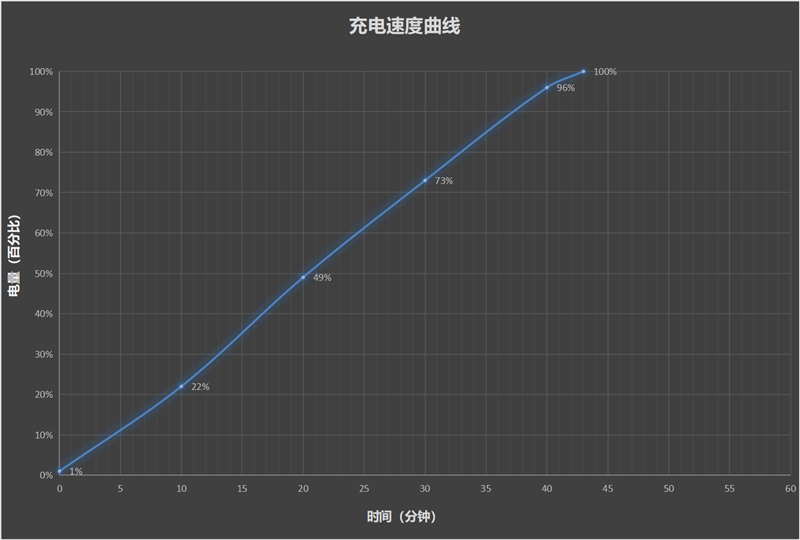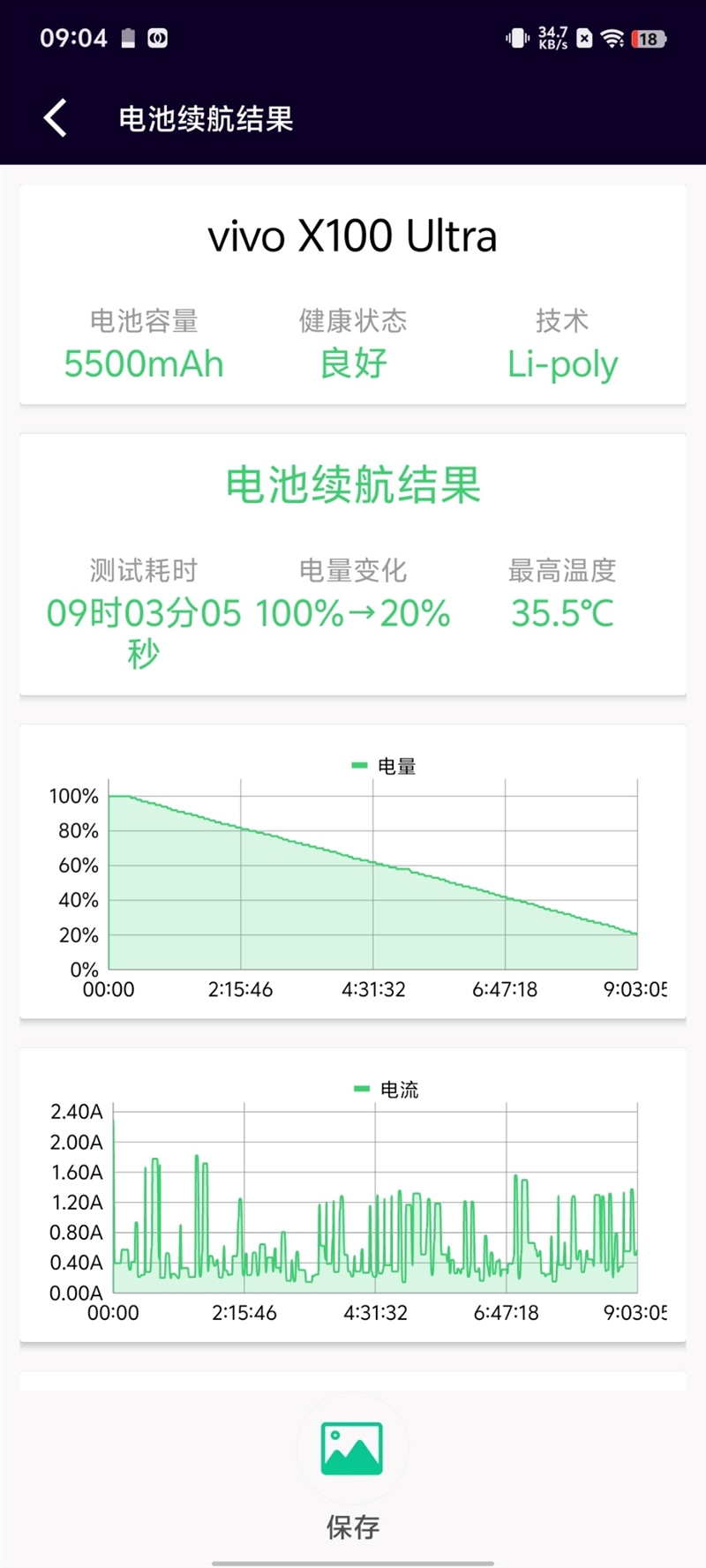Last year, vivo launched the standard version of its flagship Vivo X100, which introduced the periscope telephoto lens to a medium-sized phone for the first time. However, there was no release of an extra-large phone. We guess that vivo must be playing a big trick.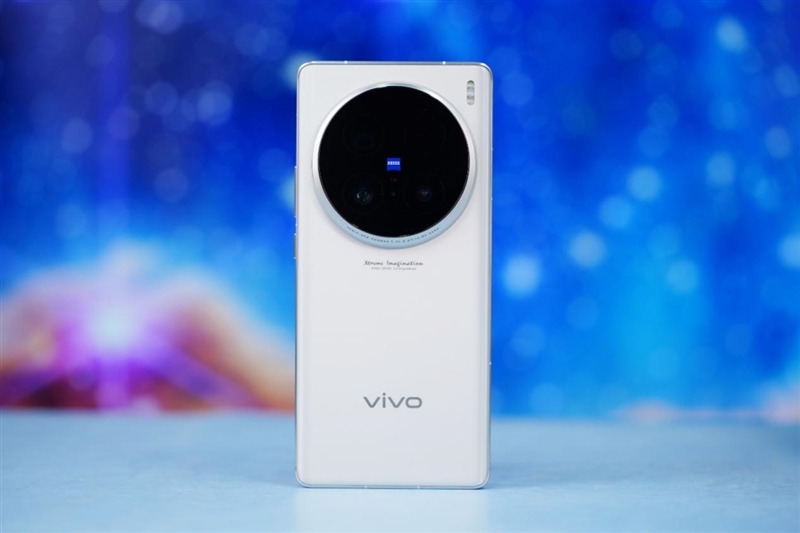
After half a year of anticipation, vivo has finally unveiled the mystery of its latest photography flagship: a mobile phone that combines a Zeiss 200-megapixel APO super-telephoto lens, a larger than one-inch sensor main camera, and a new Zeiss T* coating— vivo X100 Ultra is finally here.
The X100 Ultra’s hardware specifications are only the foundation. With the new Blueprint image processing technology and the V3+ imaging chip, mobile phone imaging technology is once again pushed to a new extreme by this super cup.
Let’s take a look at the main features and detailed parameters of the Vivo X100 Ultra.
1. The world’s first 200 Megapixel periscope telephoto
The vivo X100 Ultra is the world’s first to launch the industry’s highest-pixel 200-megapixel periscope telephoto lens. It is equipped with the 1/1.4-inch Samsung S5KHP9 CMOS, the most sensitive telephoto lens in a mobile phone to date. It is unrivaled in telephoto photography and has reached unprecedented heights in terms of capturing details of distant scenes and clarity of night shots.
At the same time, this telephoto lens has also been awarded the Zeiss APO certification and has two independent lens groups built-in, so it can be used for shooting both near and far, and it can even be used as a telephoto macro lens.
2. The third-generation Snapdragon 8 performance triangle
As a top flagship phone, X100 Ultra has a built-in third-generation Snapdragon 8 Soc, which together with LPDDR5X 8533Mbps memory and UFS4.0 flash memory form today’s top-tier iron triangle.
3. The first blueprint imaging chip V3+
The previous generation X100 Pro launched the imaging chip V3 for the first time, and this generation X100 Ultra launched the latest generation of Blueprint imaging chip V3+ for the first time. It uses a 6nm process technology and has a 30% higher energy efficiency than the previous generation V2.
Combined with the powerful ISP performance of the third-generation Snapdragon 8, the phone supports 30 times long-distance telephoto photography and the industry’s strongest 4K movie portrait video recording.
4. Samsung 2K E7 super color accurate screen
The screen of vivo X100 Ultra uses Samsung E7 luminescent material to achieve the dual ultimate in picture fineness and display effect.
Comprehensive technical improvements have been made in terms of power consumption reduction, high-frequency dimming, and wet-hand operation, and its screen life has the best performance among 2K screens in the industry.
5. Vivo’s first two-way satellite communication phone
For the first time, vivo has put satellite communication capabilities in its super-large cup mobile phone. The X100 Ultra supports two-way satellite communication and adopts the Tiantong satellite communication solution. It is widely used in marine fisheries, emergency rescue, tourism and exploration, the Internet of Things, and other application scenarios.
Ordinary users can also use calls and text messages within the Tiantong satellite service area.
Design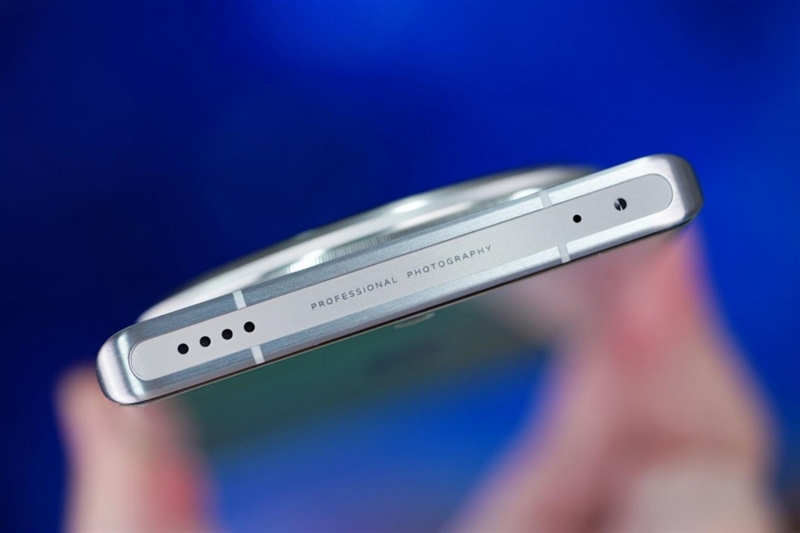
The vivo X100 Ultra is matched with the now popular titanium metal color, named “Titanium” color, which restores the pure color of the metal. The entire back panel does not have any texture added, it is simple and clean, showing a low-key and elegant style.
The camera module of the X100 Ultra consists of three high-pixel lenses. The logo of the collaboration product Zeiss is printed in the center. The surface of the lens is attached with T* coating, which plays an anti-glare role. There is also a noise-reduction microphone below. Above the noise reduction microphone, there is also a laser focus module hidden.
In the upper right corner of the camera module, a dual LED monochrome fill light Flicker sensor and a multi-spectral color temperature sensor are also integrated.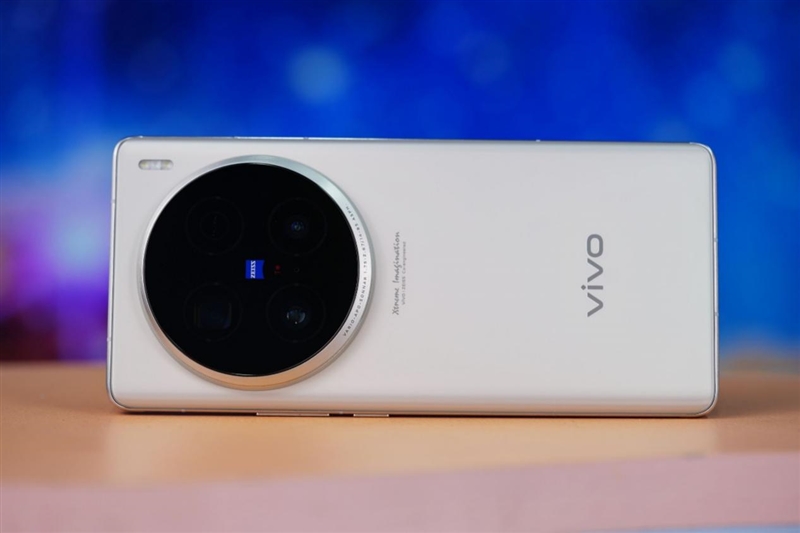
The edge of the lens is designed with sunburst technology, which makes the lens deco more visually impactful and highlights the design details. Moreover, the surface of the metal ring is brushed, which further enhances the texture of the lens ring.
The “Xtreme Imagination” carved below the lens module represents the X series’ attitude of constantly breaking the boundaries of imagination.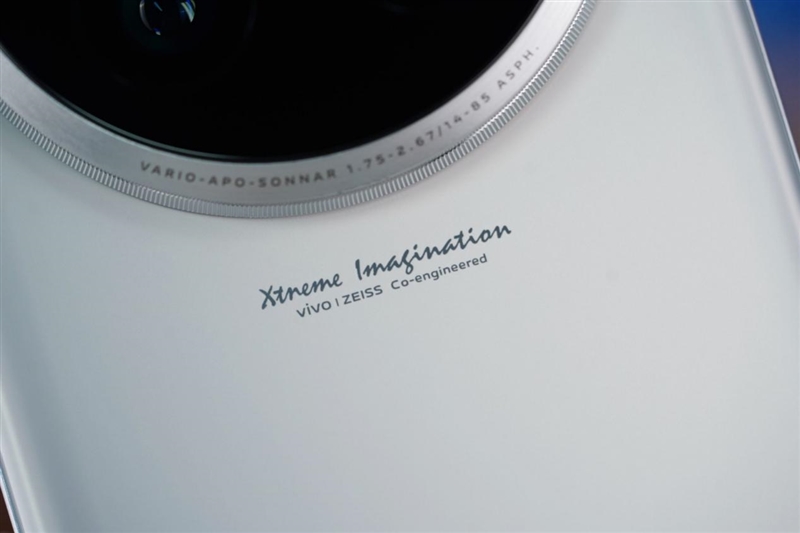
The front of the vivo X100 Ultra is equipped with a 6.78-inch Samsung top-level E7 screen, LTPO substrate, supports 1-120Hz adaptive high refresh, local peak brightness can reach 3000nit, supports full high-frequency 1440Hz PWM dimming, and can be touched even with wet hands, covering more mobile phone usage scenarios.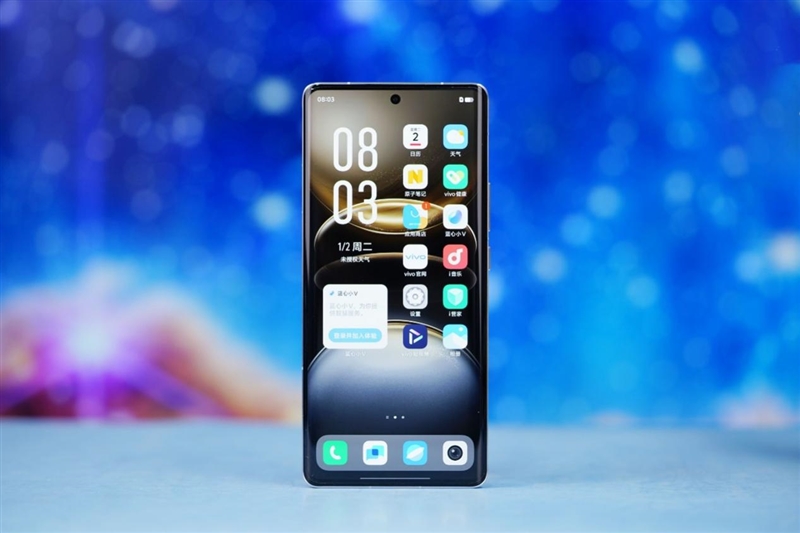
The X100 Ultra’s 2K screen has a resolution of 3200*1440, a standard PPI of 517, and an OLED equivalent PPI of approximately 423.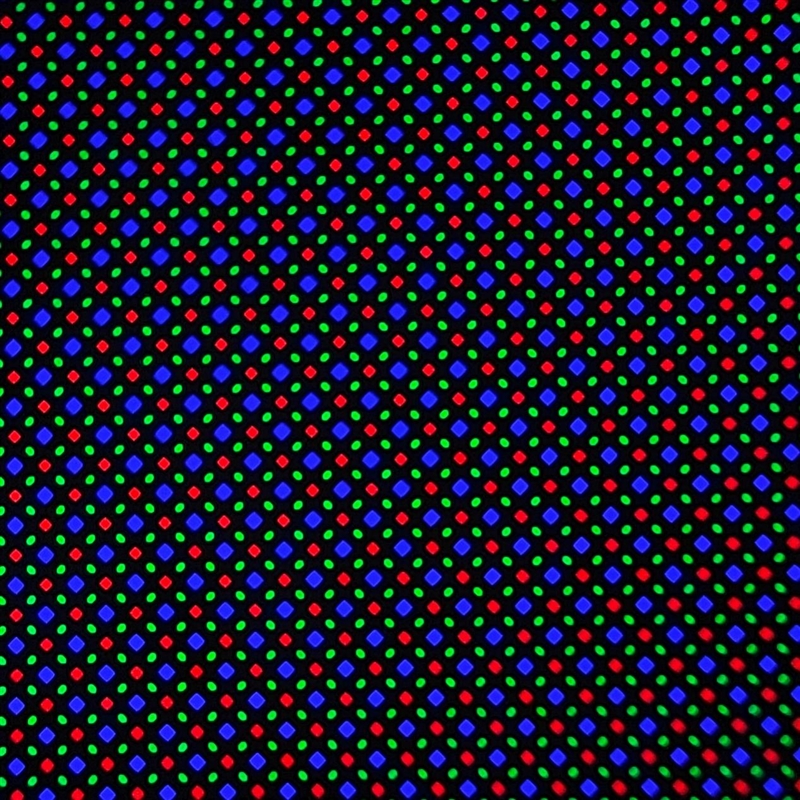
The top and bottom of the X100 Ultra mobile phone are equipped with independent speaker openings to form a stereo field, and the top is integrated with an infrared remote control sensor, and the bottom is equipped with a Type-C and headphone two-in-one interface.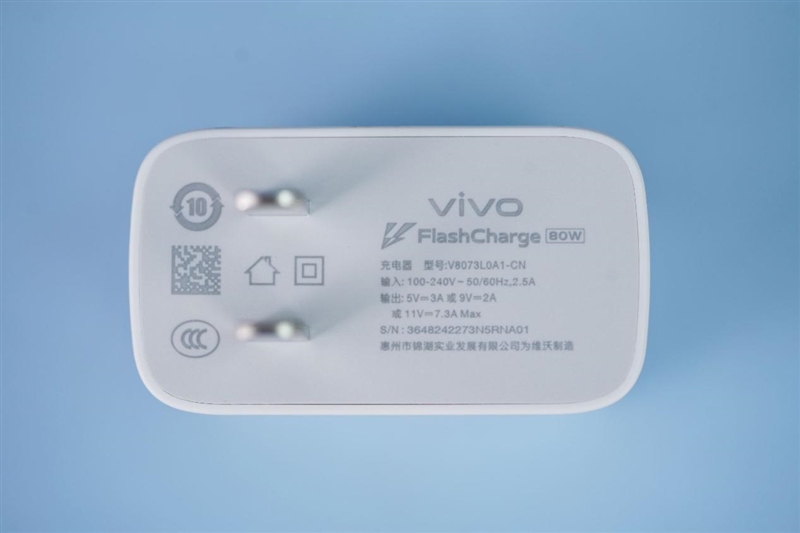
Accessories include a gray silicone protective case, an 80W fast charging kit, a SIM card needle, and a quick start guide.
Cameras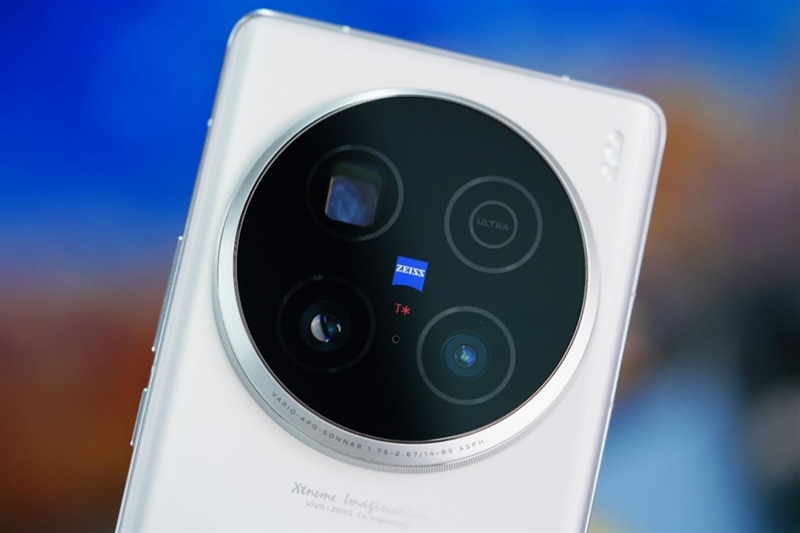
It is not an exaggeration to say that the vivo X100 Ultra has reached the highest level in the industry in terms of imaging capabilities. Let’s take a look at its imaging specifications.
As an imaging flagship, the 1-inch LYT900 ultra-large sensor is naturally a must. It has a 22nm process, a 23mm equivalent focal length, 50MP effective pixels, a large aperture of f/1.75, and a 1G+7P LISA design. The surface is covered with PVD coating. Multi-ALD, ALC coating, GLC coating, and IR spin coating.
The periscope telephoto lens uses a 1/1.4-inch ultra-large Samsung S5KHP9 sensor, the industry’s largest telephoto CMOS, 1G+5P lens, 85mm equivalent focal length, f/2.67 aperture, which achieves 3.7x optical zoom compared to the main camera. The surface is covered with PVD coating, ALC coating, and IR spin coating.
The ultra-wide-angle lens uses a 50-megapixel LYT600 sensor, a 1/1.953-inch photosensitive unit, supports ultra-low distortion, supports a 116-degree field of view after correction, a 14mm equivalent focal length, an f/2.2 aperture, and the lens surface is covered with PVD coating and IR spin coating.
So many coating solutions make up Vivo’s strongest Zeiss T* coating so far, and it is also the most comprehensive stray light and glare solution in the industry.
In addition, vivo X100 Ultra debuts the iterative version of the Blueprint imaging chip V3+ based on the V3 mobile imaging chip. In terms of photography capabilities, it supports 4K 120FPS image output at the same level as the iPhone, further consolidating its title of “Image Thanos”.
We also took a lot of photos with the X100 Ultra. Next, let’s take a look at its real-life samples.
Main Photographer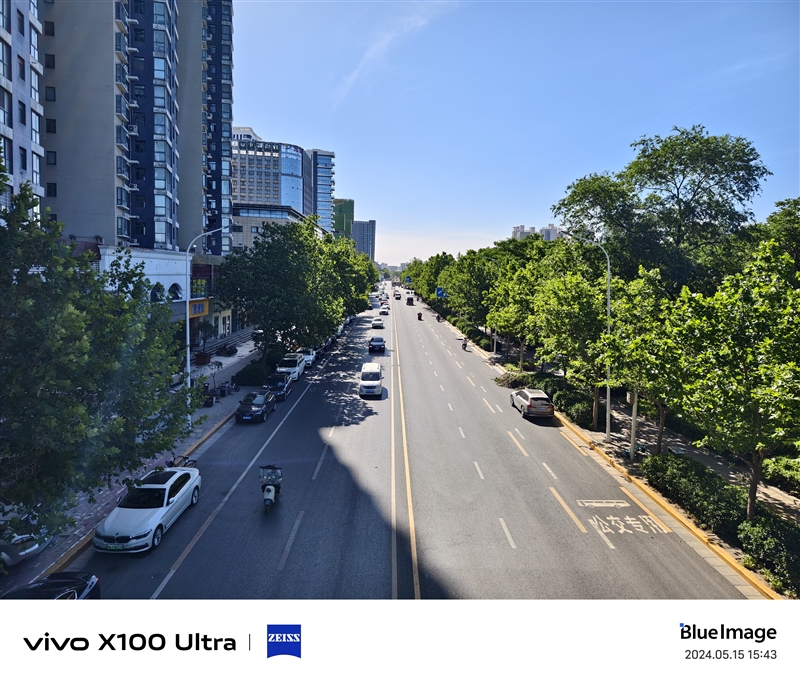
In daytime scenes, with the LYT900 super outsole main camera, you can get a rich amount of light, ensuring the brightness and clarity of the photos. You can also observe clear texture details when you zoom in on the sample photos taken, and it is provided by default. With “bright” colors, the saturation of the picture will be higher.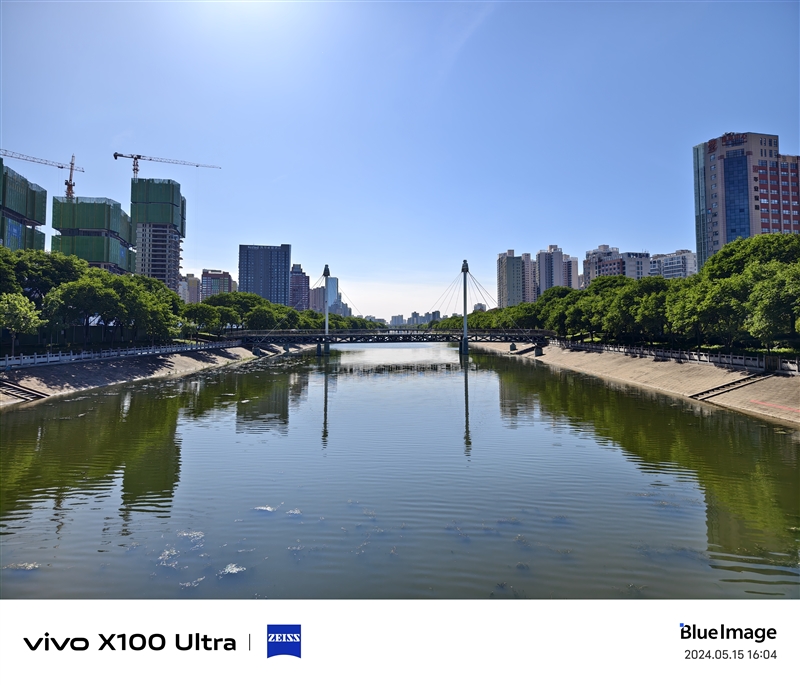
However, vivo fully considers the importance of users’ personalized needs for color and therefore provides three different color styles for users to choose from: bright color, textured color, and Zeiss natural color. This allows users to easily switch to the most suitable color configuration according to different shooting scenes and personal preferences.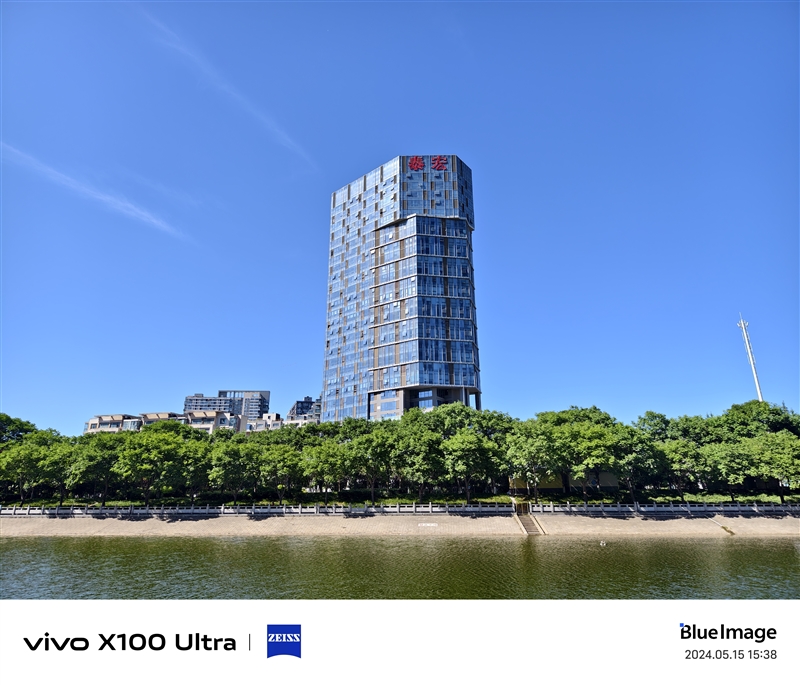
Moreover, in scenes with close to direct sunlight, thanks to the industry-leading T* coating, the performance of mobile phone photography in backlight or strong light environments is greatly improved, effectively suppressing lens flare and astigmatism, and shooting The picture is clean and free of stray light. We no longer need to consider whether the environment is bright or dark, we can just pick up the camera and press the shutter to get the sample we are satisfied with.
Night view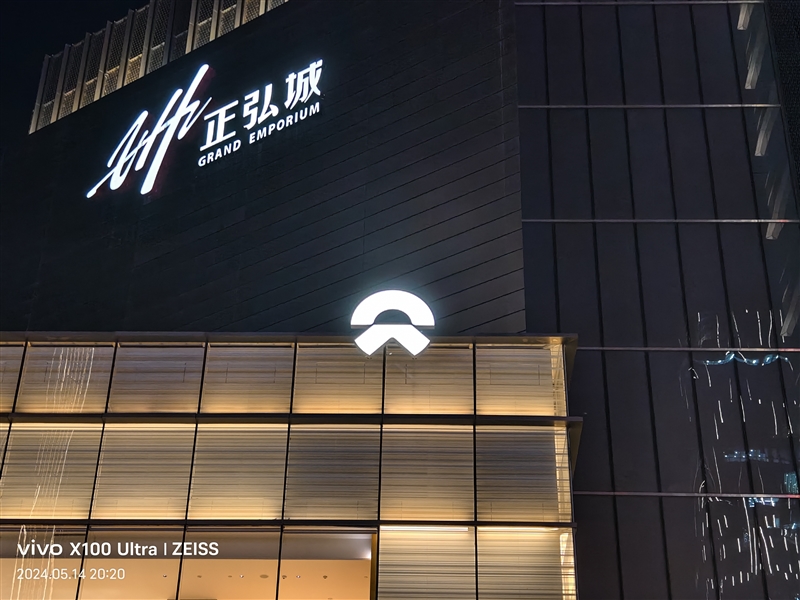
Night scenes greatly test the phone’s ability to control light and suppress details and noise in dark areas. Through multiple sets of sample photos, we can see that even when cropping and zooming in to shoot in night scenes, the vivo X100 Ultra can still achieve realistic results. It restores the colors of the night, showing deep and pure black tones. At the same time, when we zoom in on the picture and take a closer look, we can barely detect large-scale noise.
Periscope telephoto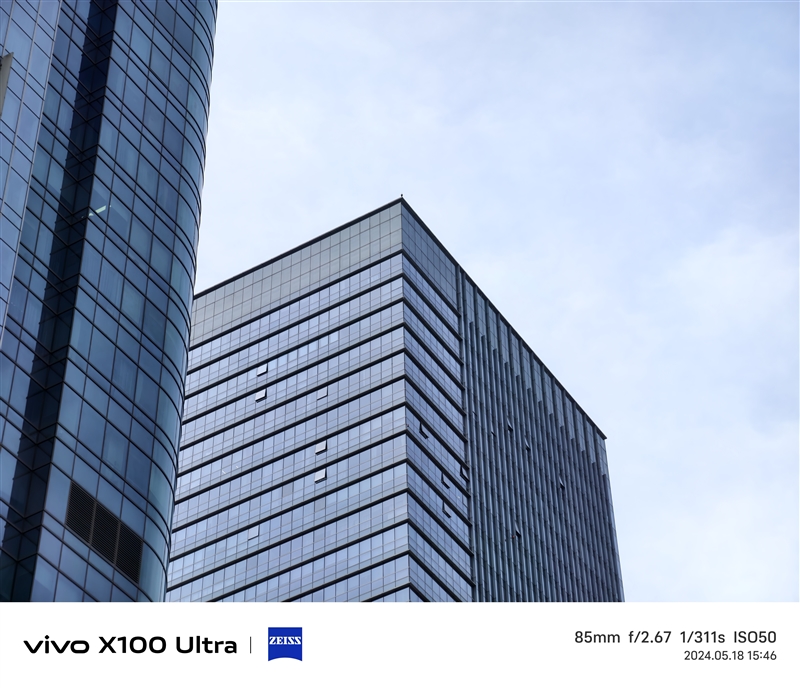
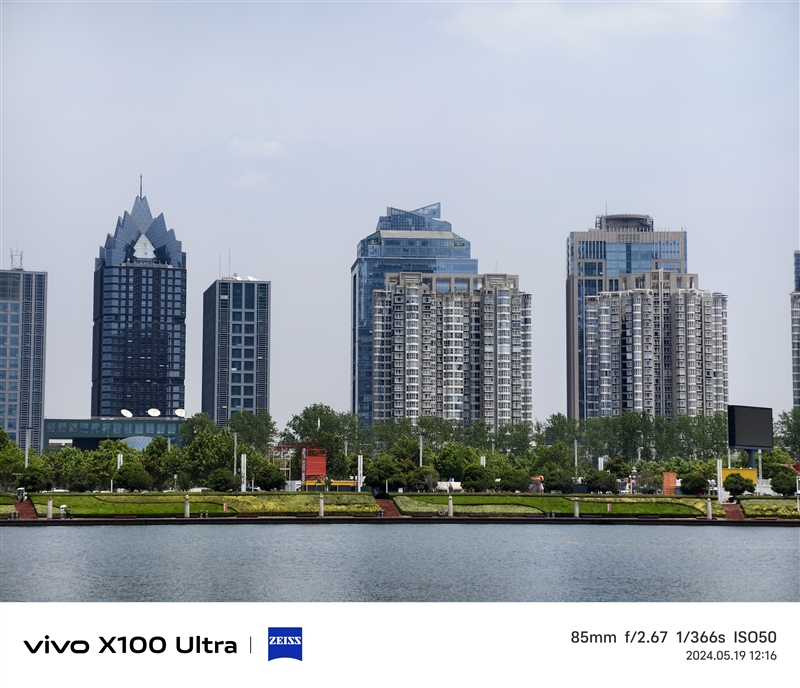
The 200-megapixel periscope telephoto lens and the industry’s largest 1/1.4-inch photosensitive unit will not cause a general whiteout when shooting distant scenes. The samples are clear and bright, with clear details. The samples show extremely high transparency and brightness. Even in complex lighting or backlighting conditions, the details remain clearly discernible. The advantage of the vivo X100 Ultra’s large-bottom periscope is demonstrated here. And even if you stand far away, you can easily capture the subtle text and decorations on the building.
Super wide angle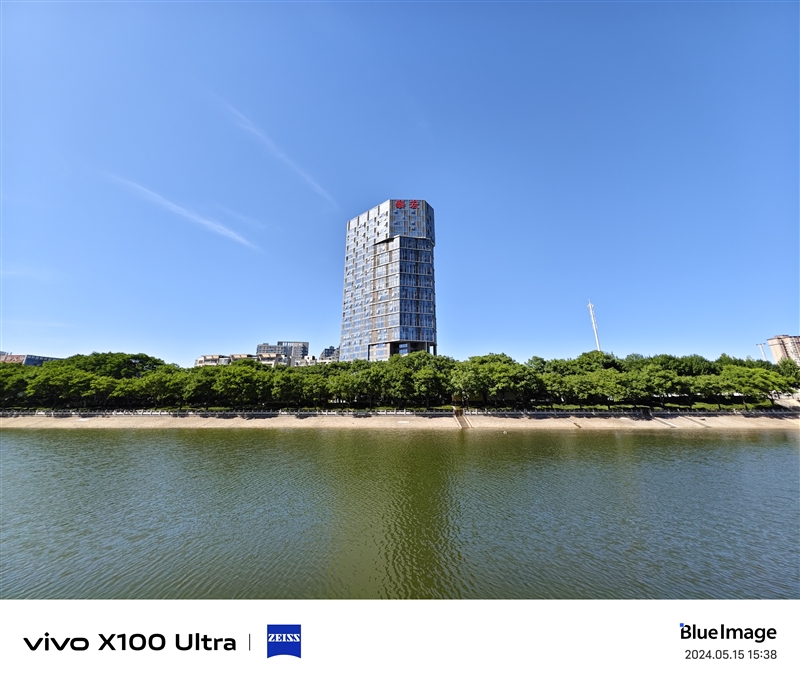
When using the ultra-wide-angle lens of the vivo X100 Ultra, distortion can be significantly suppressed even at the edge of the picture, ensuring that the pictures taken are highly accurate.
When shooting magnificent landscapes or wanting to get a wider perspective, this phone can ensure that the entire scene is captured evenly and faithfully, allowing viewers to feel the vastness and authenticity of the image.
Gaming and Performance
As a top flagship phone, the vivo X100 Ultra must have the Snapdragon 8 Gen3 performance triangle. Combined with up to 16GB LPDDR5X memory and 1TB UFS 4.0 flash memory, it forms the strongest Snapdragon performance triangle today.
The vivo X100 Ultra we have in our hands is the top-of-the-line version with 16GB+1TB. So with such powerful hardware specifications, how will the performance be released in this imaging destroyer?
Next, we conducted theoretical performance and actual gaming tests on the X100 Ultra. During the test, the BOOST mode of the phone was turned on, which unleashed the best performance of the phone.
Theoretical performance test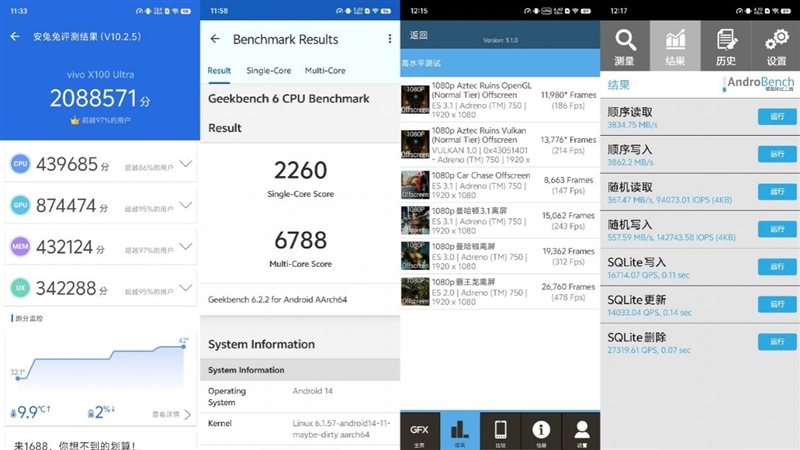
The first is the AnTuTu comprehensive performance test. In an office environment with an indoor temperature of 25 degrees Celsius, the total score was 2.088 million points, the CPU score was 439685 points, and the GPU score was 874474 points. The comprehensive performance surpassed 97% of users.
In the Geekbench6 single test, the single-core score was 2260 points and the multi-core performance was 6788 points.
GPU test, GFXBench’s six 1080P projects under continuous test conditions, the results are as follows:
- Aztec Ruins OpenGL: 186FPS
- Aztec Ruins Vulkan: 214FPS
- Racing chase frame rate: 147FPS
- Manhattan 3.1 off-screen: 243FPS
- Manhattan Offscreen: 312FPS
- Tyrannosaurus Rex off-screen: 478FPS
Finally, we also conducted a flash memory performance test on the vivo X100 Ultra. The sequential read speed was 3.83GB/s and the write speed was 3.86GB/s, which is at the UFS4.0 flagship level.
Game actual test
In terms of game testing, we directly selected two high-load mobile games, namely “Genshin Impact” and “Honkai Impact: Star Rail”. We tested them in an indoor office environment of 28 degrees Celsius with frame rate priority and Recorded the frame rate, power consumption, energy efficiency ratio, and body heat performance during the game.
1. Genshin Impact
The super-large cup will never disappoint you! vivo X100 Ultra review: The telephoto killer, the pinnacle of mobile imaging this year
The super-large cup will never disappoint you! vivo X100 Ultra review: The telephoto killer, the pinnacle of mobile imaging this year
In the Genshin Impact mobile game, with the highest image quality + 60 frames mode turned on, Xumi City ran for 15 minutes, and the average frame rate stabilized at 59.91FPS. As a vivo X100 Ultra imaging flagship with a huge rear camera module, it is not easy to run such a stable frame rate. The frame rate during the game is almost maintained in a straight line, and the game screen has no sense of lag. I have to say that Vivo’s adjustment of Snapdragon 8 Gen3 is still remarkable.
Then we checked the power consumption of the phone. The average power consumption was about 5.08W, and the energy efficiency ratio was about 11.78FPS/W. This energy efficiency ratio is very outstanding among top flagship phones that focus on imaging.
In terms of temperature, the maximum temperature on the back of the fuselage is 43 degrees Celsius. The high temperature area is located under the camera. You will feel a little heat when you hold it horizontally, but it will not be particularly hot.
2. Collapse: Star Railway
Next is the high-load collapse: Star Railway mobile game test. In the highest picture quality + 60 frame mode, the Star Sea Center running map test was carried out for 15 minutes. The average frame rate of the game was stable at 55.4FPS. The frame rate fluctuated regularly during the game, and there was no obvious tearing on the screen. For an imaging flagship, this performance is already quite impressive.
Then we checked the power consumption of the game, and the average was about 6.12W. The power consumption was on the high side, but as an imaging flagship, we cannot require both performance and imaging.
Due to the high power consumption, the body temperature has soared to 46.7 degrees Celsius. When performing high-load operations such as games, users may feel that the device gradually gets hotter, especially as the heat is mainly concentrated in the area around the camera.
For a more comfortable gaming experience and to avoid overheating, it is recommended to use a heatsink when playing such demanding games.
Two-way Satellite Communication Experience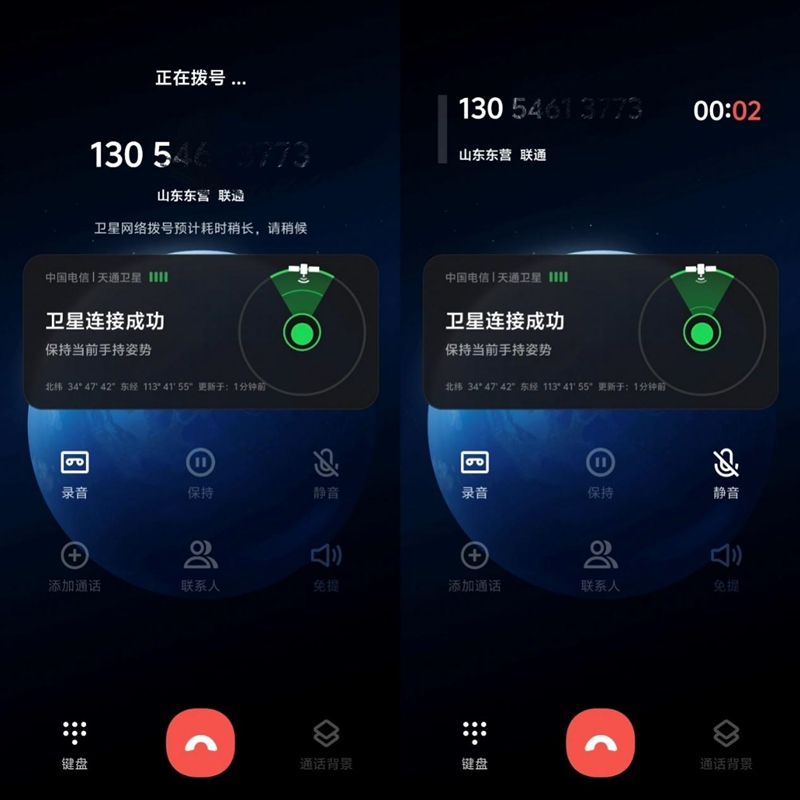
As a top flagship phone, the vivo X100 Ultra integrates two-way satellite communication functions for the first time. Through the Tiantong satellite communication solution, it can make calls and send text messages, which greatly enhances the communication capabilities of mobile phones in remote or special environments and broadens the user’s Communication perimeter, ensuring that you can stay connected even in areas outside traditional signal coverage.
In this regard, we also tested the satellite communication function of X100 Ultra. It should be noted that Tiantong satellite communication currently only supports China Telecom users.
First, open the satellite communication interface, which is different from other mobile phones.
In the interface, in addition to the satellite communication switch, a professional rescue hotline and SOS flashlight functions have also been added.
In terms of connection performance, after enabling the Satellite Tiantong satellite communication function, the phone will automatically jump to the interface of searching for satellites and establishing connections.
After the phone is correctly placed to receive the signal, the process of searching for satellites takes only 2 to 3 seconds, with almost no noticeable waiting time. Then, the phone will enter the stage of connecting to the satellite.
According to the prompts on the screen, we adjust the phone to the appropriate position. The entire connection process may require slight adjustments to the direction of the phone from time to time to ensure the best connection. This process takes about 20 to 30 seconds.
The Tiantong satellite communication function of vivo X100 Ultra takes about 40 seconds from satellite search to connection, providing us with more precious time for emergency communications.
Moreover, when we are connected successfully, we can see that the call interface will display four call and rescue forms: phone, message, professional rescue hotline, and SOS flashlight.
After connecting to the satellite, simply click the phone or SMS button at the bottom of the interface to communicate with the outside world via the satellite. During the dialing or text message-sending process, the satellite connection status will be presented in real-time in the form of a small window to ensure that our position is the best for communication.
Before making a call, you can directly call the professional Blue Sky rescue team with one click without tedious searches. In addition, vivo X100 Ultra also provides the phone numbers of 20 top car insurance companies and the official customer service hotlines of 54 car and motorcycle brands, truly ensuring Efficient retrieval and fast calling for users in extreme situations.
In addition, the X100 Ultra has added a new SOS quick distress signal. When turned on, the flash will send the SOS distress signal in a loop, and people nearby can see it and participate in the rescue.
When making a call, the satellite correction window will be displayed in real-time in the form of a small window to ensure our best satellite search position. If you deviate from this position, there will be noise during the call.
In the satellite SMS sending interface, vivo X100 Ultra can edit and send text by itself. In the SMS interface, the satellite signal status is also presented in the form of a small conference window, guiding users to adjust the position of the phone in real-time to ensure smooth communication.
When sending a text message, users can choose to also send their current location. In the chat interface, in addition to displaying the content of the sent message, specific location information will also be displayed.
On the receiving end, users can view the current and exact location of the person seeking help through the map interface and can use the navigation function of Amap to go to that location to provide timely assistance.
Charging and Battery life
The vivo X100 Ultra has made a breakthrough in battery, using a new semi-solid second-generation silicon blue ocean battery with a larger capacity and smaller size. While taking into account the ultra-large bottom periscope full-focal length lens group, the battery capacity is still 5500mAh. At the same time, the X100 Ultra also supports 80W wired fast charging and 30W wireless charging.
Next, we conducted a series of tests on the X100 Ultra’s charging and battery life.
Charging test
The first is the charging test. We started the test with the phone’s power consumption reaching 1%. It charged to 22% in 10 minutes, 49% in 20 minutes, nearly half, and 73% in half an hour. It finally took 43 minutes to fully charge.
Endurance test
For the battery life test, we use a professional battery life test tool – Battery Dog produced by Fast Technology for testing.
In the test items, the 20% power test will be performed by default. At the same time, all test items including CPU high voltage, CPU multi-threading, AI recognition, picture browsing, video playback, and web browsing will be checked to simulate user usage scenarios. , to restore the real load to the greatest extent and be infinitely close to the real power consumption.
During the test, to keep the environmental variables tested for all models consistent and ensure the accuracy of test results, Battery Dog will automatically adjust the screen brightness to 50%, turn off automatic brightness, and adjust the volume to 30%.
After continuous testing by Battery Dog, it took 9 hours and 3 minutes for the vivo X100 Ultra to consume power from 100% to 20%, which means that the full-charge battery life is about 10 hours. So far, this battery life has surpassed most flagship imaging phones.
Verdict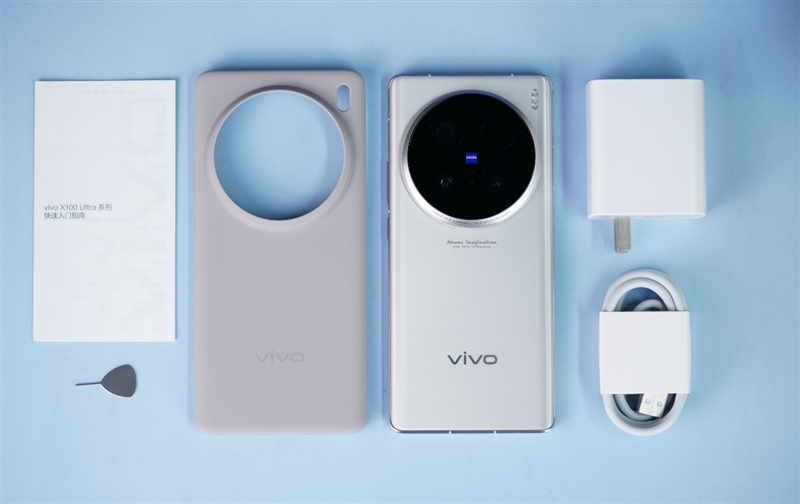
After half a year of careful polishing, the vivo X100 Ultra super-cup imaging flagship once again demonstrated Vivo’s strong strength in mobile phone imaging technology.
The vivo X100 Ultra takes the quality of mobile phone telephoto photography to an unprecedented level through the powerful combination of the industry’s highest-pixel 200-megapixel periscope telephoto lens, the one-inch ultra-large bottom sensor, and the multiple optical coating technology of Zeiss T* coating.
Whether it’s capturing the details of distant scenes or the clarity in low-light environments, the X100 Ultra easily leads the way. The Blueprint imaging chip V3+ further expands the possibilities of mobile phone photography and pushes photo-taking performance to new limits. This is not only a technological leap, but also a revolutionary improvement in user experience.
With the support of the V3+ imaging chip, in daytime scenes, combined with the ultra-large main camera, the output rate is greatly improved. In low-light environments, it can show amazing details and extremely delicate image quality.
In backlit environments, the industry-leading T* coating effectively suppresses stray light, making it easy to capture clean and clear images. In night scenes, it demonstrates precise control of light and noise suppression capabilities and can present the most realistic deep night scene.
The industry’s largest periscope telephoto lens can not only maintain a high film yield but also effectively eliminate ambient light while maintaining bright colors, ensuring the clarity and purity of photos, even after 10x digital processing. In the case of cropping, the night proofs taken can also avoid a lot of noise.
Not only that, it also introduced a two-way satellite communication function, greatly expanding the user’s communication boundaries and ensuring communication needs in extreme environments.
In terms of performance, the top-notch Snapdragon 8 Gen3, paired with LPDDR5X memory and UFS 4.0 flash memory, forms the strongest performance iron triangle today, allowing the vivo X100 Ultra to handle high-load tasks with ease. The gaming experience is stable and smooth, and the temperature control is excellent, demonstrating Vivo’s expertise in high-performance tuning.
Overall, the vivo X100 Ultra is a flagship phone that reaches the ultimate in imaging, performance, design, and user experience. It is not just a regular upgrade, but a feast of technology and imaging brought to us by Vivo’s continuous challenge and breakthrough of itself. Vivo X100 Ultra is a masterpiece of flagship imaging, performance, and experience, and is the true flagship “Thanos”.










